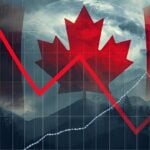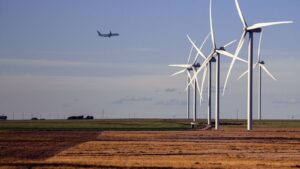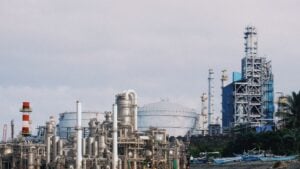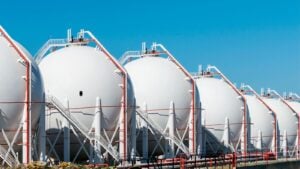The biggest secular story in North American markets is hiding in plain sight. Power demand is climbing again as AI data centers, electric fleets, and retooled factories come online.
After years of flat load growth, the next upcycle looks set to be financed by regulated utilities, enabled by pipelines and midstream, and carried across neighborhoods by telcos and towers.
Utilities are at the center because they own the rate base. The grid needs more generation, thicker transmission, and smarter distribution to handle always-on compute and round-the-clock industrial demand.
Canada’s new mega battery plant underscores how load is migrating to places that can clear permits and build quickly.
States and provinces are pushing utilities to harden networks against weather risk and to add flexible capacity that can ramp fast when AI clusters spike usage.
That points to multiyear capital plans, constructive rate cases in many jurisdictions, and a path to earnings that compound as projects enter service.
Gas-fired power remains the fastest way to add firm capacity in many markets, which keeps pipe and storage relevant even as renewables scale. Commercial momentum is showing up in long-dated offtake.
Texas LNG and Gunvor strike a 20-year supply pact, a reminder that export demand and grid demand can reinforce one another.
On the policy front, Alberta’s premier pitches new oil pipeline to B.C. coast, highlighting the ongoing contest over timing and routes for major corridors.
Telcos and tower operators stand to benefit from the demand side of the ledger. More compute requires more backhaul, denser fiber, and edge locations that cut latency for AI inference.
SpaceX buys Echostar spectrum to build out next-gen connectivity, an early example of how capacity will be stitched together across platforms.
The AI supply chain continues to expand as chipmakers and cloud partners push to keep pace; Nvidia and CoreWeave keep AI momentum, which ultimately drives more racks, more cooling, and more electricity.
Manufacturers are retooling furnaces, compressors, and process heat, which shifts energy mix toward electricity and cleaner fuels.
Algoma Steel secures 500 million in government loans to speed an electric furnace conversion, a template for how policy, financing, and grid capacity come together.
These projects ripple through the supply chain to transmission hardware, transformers, and switchgear, where lead times remain tight and pricing power has improved.
Where to position now
Within utilities, prioritize companies with visible five-year capex, credible schedules, and balance sheets that can carry work in progress without diluting shareholders.
For pipelines and midstream, focus on systems tied to power-market hubs and LNG nodes, where utilization stays high and contracts are long.
In telcos, the edge belongs to providers with fiber densification and enterprise relationships that can land data center adjacency.
Energy infrastructure manufacturers and grid developers offer operating leverage to volume if they can execute through supply bottlenecks.
Interconnection queues are long, transformer lead times are stretched, and big projects can stall on permitting.
Rate cases will test political patience if bills rise before benefits arrive.
Efficiency gains in chips and servers could mute some of the load build. Higher interest rates still pressure valuations for long-duration assets.




















